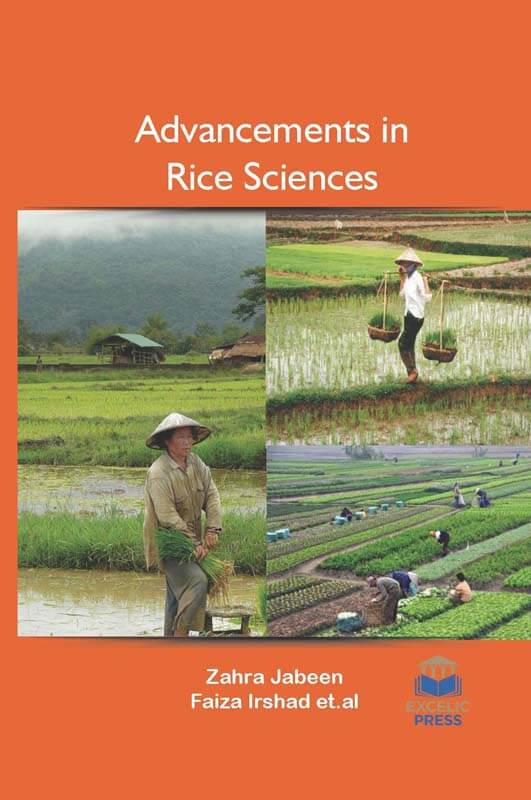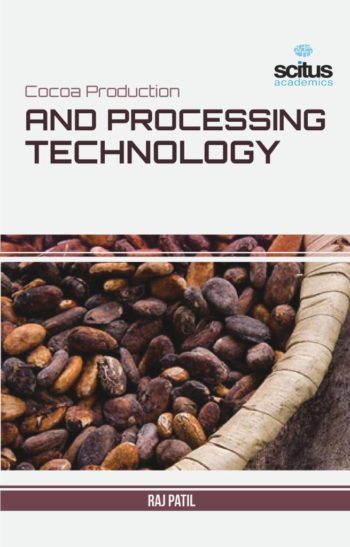Rice is a staple food in numerous countries around the world. Rice consumption provides more calories than any other single food, serving daily as a source of carbohydrate, proteins, lipids, vitamins, and minerals. Improving rice production per unit area will be a major threat in the future due to the increasing global population and rice demand in the world. Rice is the main food of the majority of the world’s population. It provides at least 27% of the nutritional diet and 20% of the protein consumption in the developing world.
Rice grain quality improvement has become very crucial for most breeding programs around the world. To be able to meet future needs, rice breeders must exploit modern marker technologies such as genomic selection (GS) to take care of the effects of both major and minor genes for grain quality as well as high yield, abiotic and biotic stress tolerance.
Covering innovative research in rice science and engineering, this monograph focuses on the new areas of research on the latest biotechnological and molecular methods to help in this field. The book starts with a study on the genotypic evaluation of different rice varieties for yield and yield-related traits. Rice is the most important source of calories for at least 50% of the world’s population. Consequently, many countries around the world have strategies to achieve self-sufficiency in rice production by expanding the area under cultivation and or increasing yield per unit area. However, for rice, grain quality is as important as yield. Therefore, this book explores techniques of breeding rice for improved grain quality.
Further, it covers genetics and genomics of bacterial blight resistance in rice; development of a core SNP array based on the KASP method for molecular breeding of rice; development of breeding lines with three pyramided resistance genes that confer broad-spectrum bacterial blight resistance and their molecular analysis in rice; application of resequencing to rice genomics, functional genomics and evolutionary analysis; weed seed bank in rice fields; and improvement of photosynthesis in rice by inserting the C4 pathway.
Next, it reports on the recent developments made using both genetics and functional genomics approaches in the discovery of genes controlling root development in rice. Depending on crop tolerance, saflufenacil used in combination with clomazone could result in an alternative tool for rice farmers providing a comprehensive weed control program. Therefore, this book in the last chapter aims to evaluate rice tolerance to saflurfenacil applied alone PRE and POST and the combination of saflufenacil and clomazone in light-textured soils.














Reviews
There are no reviews yet.